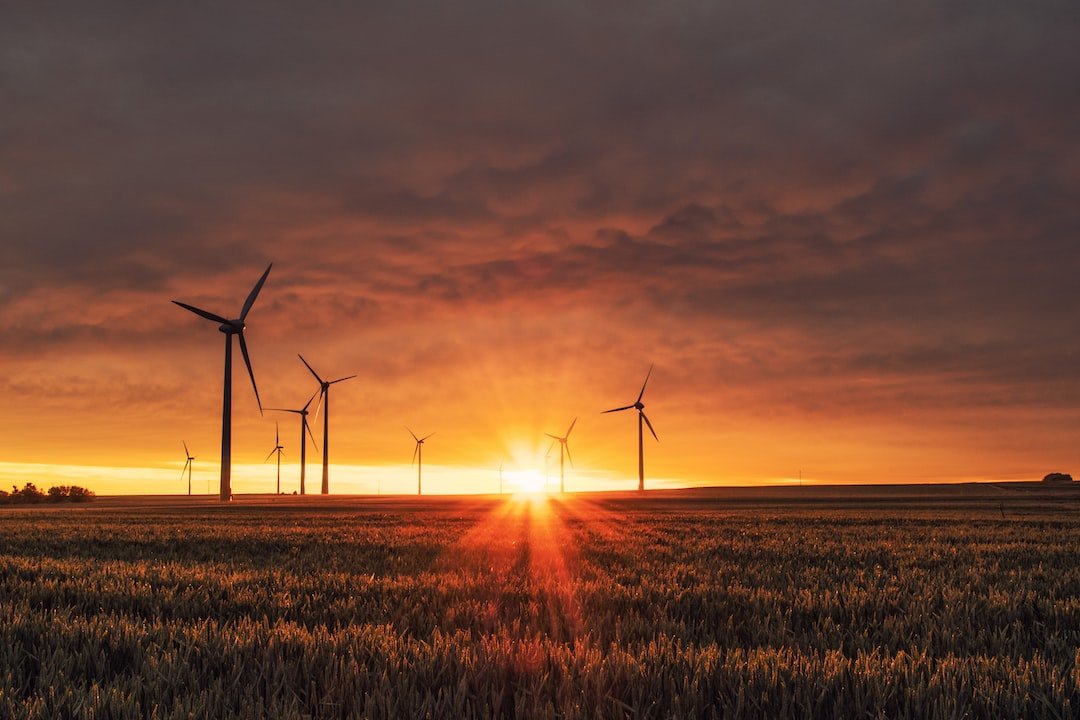Show List
Environmental Awareness

Biodiversity
- Biodiversity refers to the incredible variety of life on Earth, from the tiniest microorganisms to the largest animals and everything in between.
Types of Biodiversity:
- Biodiversity can be categorized into three main types:
- Species Diversity: The variety of different species (plants, animals, and microorganisms) on Earth.
- Genetic Diversity: The variety of genes within a species, which gives rise to differences in traits and adaptations.
- Ecosystem Diversity: The variety of different habitats and ecosystems on our planet.
- Biodiversity can be categorized into three main types:
Renewable Energy
- Renewable energy is energy that comes from sources that are naturally replenished and do not run out. Unlike fossil fuels, which are finite and contribute to pollution, renewable energy is clean and sustainable.
Different Types of Renewable Energy:
Solar Energy:
- Explore how sunlight can be converted into electricity using solar panels. Learn about the importance of the sun as a renewable energy source.
Wind Energy:
- Discover how wind turbines harness the power of wind to generate electricity. Discuss the benefits of wind energy and its role in reducing greenhouse gas emissions.
Hydroelectric Power:
- Learn about the process of generating electricity from the flow of water in rivers or dams. Understand the importance of water as a renewable energy source.
Geothermal Energy:
- Dive into the Earth's heat and explore how it can be used to generate electricity and heat buildings. Discuss geothermal energy as a reliable and sustainable source of power.
Biomass Energy:
- Understand how organic materials such as plants, wood, and agricultural waste can be used to produce energy. Discuss the benefits of using biomass as a renewable energy source.
Deforestation
- Deforestation is the clearing or removal of trees and vegetation from forests, often for agriculture, logging, or urban development.
Consequences of Deforestation:
- Loss of Habitat: Many plants and animals lose their homes and can become endangered or extinct.
- Climate Change: Trees absorb carbon dioxide, a greenhouse gas, and their removal contributes to increased greenhouse gas emissions and global warming.
- Soil Erosion: Deforestation can lead to soil erosion, where topsoil washes away, affecting agriculture and leading to nutrient loss.
Pollution
- Pollution is the introduction of harmful substances or contaminants into the environment, affecting air, water, and land.
Types of Pollution:
- Air Pollution: Discuss the causes and effects of air pollution, including vehicle emissions, factory smoke, and burning of fossil fuels.
- Water Pollution: Explore the impact of pollutants on rivers, lakes, and oceans, such as plastic waste, chemicals, and oil spills.
- Land Pollution: Learn about the consequences of improper waste disposal, littering, and pollution from industries and landfills.
Greenhouse Gases
- Greenhouse gases are gases that trap heat in the Earth's atmosphere, causing the greenhouse effect.
Common Greenhouse Gases:
- Carbon Dioxide (CO2): Produced by burning fossil fuels and deforestation.
- Methane (CH4): Released by agricultural activities, landfills, and natural gas production.
- Nitrous Oxide (N2O): Emitted by agricultural and industrial activities.
Global Warming
- Global warming refers to the long-term increase in Earth's average surface temperature, primarily caused by human activities and the release of greenhouse gases.
Consequences of Global Warming:
- Melting Ice Caps and Rising Sea Levels: Discuss the impact of global warming on polar ice caps, leading to sea-level rise and coastal flooding.
- Changes in Weather Patterns: Understand how global warming can result in more frequent and intense heatwaves, storms, and droughts.
- Impact on Wildlife and Ecosystems: Explore how rising temperatures affect ecosystems, migration patterns, and the survival of certain species.
Leave a Comment